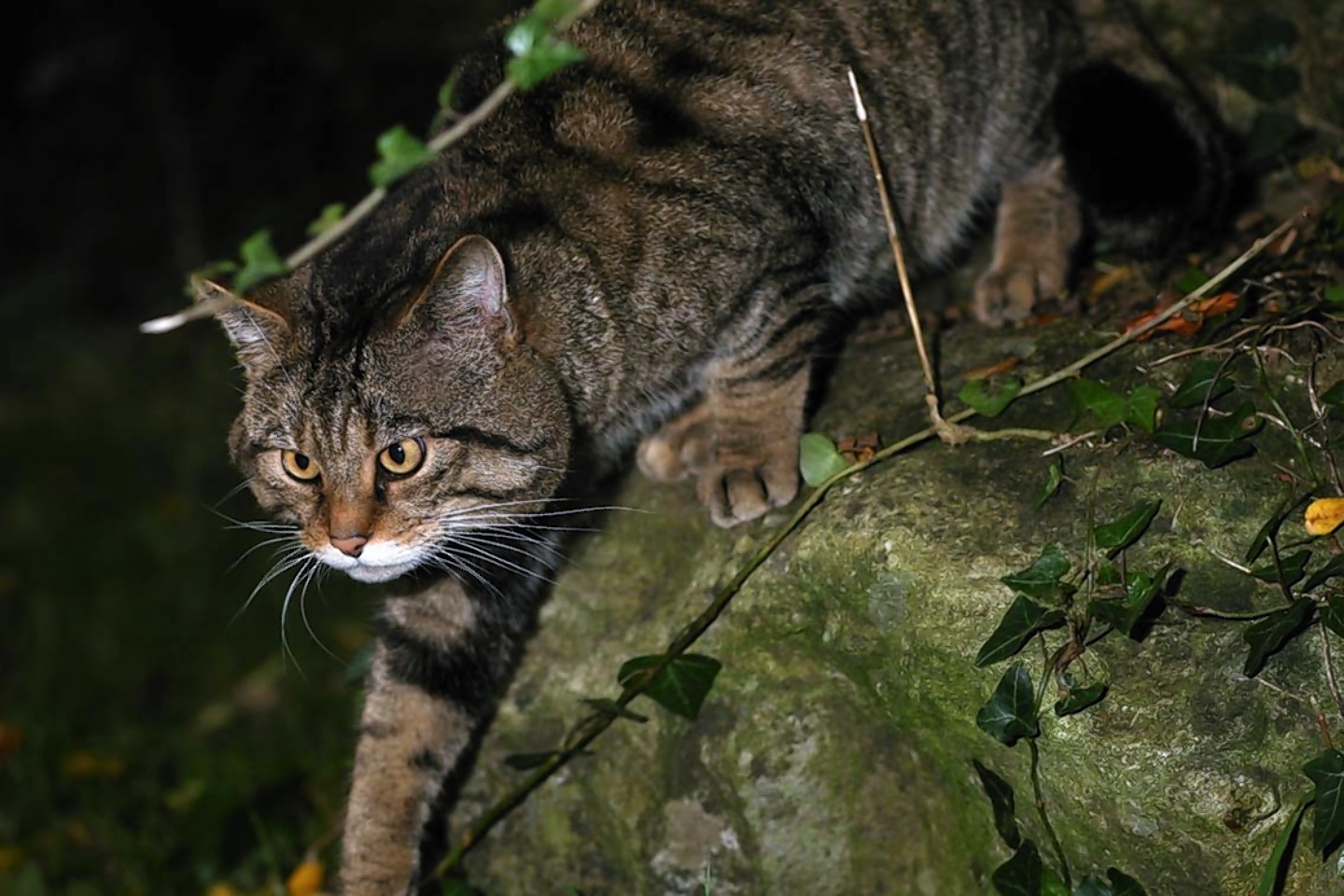A new team has been created to help save the iconic Scottish wildcat from extinction.
Government agency Scottish Natural Heritage (SNH) has appointed four project officers based in key areas to lead the fight to preserve the species.
SNH wildlife ecologist, Jenny Bryce, said: “Our wildcats are important to Scotland’s people, despite being rarely seen, and they are under threat as a distinctive yet iconic species.”
Team leader Roo Campbell has extensive experience of researching the behaviour and ecology of the cats.
“We have five years to stop wildcats from disappearing, but we need to improve the fortunes for Scottish wildcats in the long term,” he said.
He has been joined by fellow experts Matt Wilson in Morvern, Keri Langridge in Strathpeffer, Emma Rawling at Elgin and Highland Wildlife Park-based Hebe Carus.
They will cover six wildcat priority areas covering more than 160,000 acres of habitat – the Angus Glens, Strathbogie in Aberdeenshire, Morvern in Lochaber, Strathpeffer in Easter Ross and Strathavon in Moray and northern Strathspey.
Scottish Wildcat Action will try to reduce hybridisation and disease from feral and domestic cats, accidental persecution and impacts from development.
The team, which is being briefed on support available to land managers through the Scottish Rural Development Programme, says it is committed to contacting land managers in the priority areas.
If they are interested in getting involved, the SNH team will seek to establish a network of camera traps – motion-sensitive cameras – to discover more about cats living wild in those areas.
The team will also make contact with local vets and Cats Protection branches to co-ordinate a programme of trapping, neutering, vaccinating and releasing feral cats to ensure they do not cross-breed with wildcats.
SNH is keen to hear from anyone who wants to help directly with the project or from people who simply want to report sightings of wild-living cats in the priority areas, whether feral, domestic, hybrids or wild.
